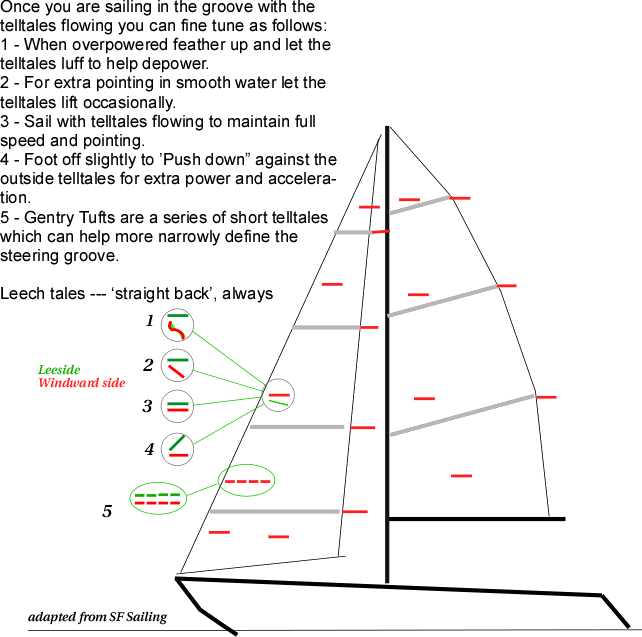So tonight I went to the boat and raised the sail. This time i completely eased the main sheet and the vang. I raised it and gave the winch a few extra clicks. I don't have a cunningham nor do I have an adjustable boom. I played with the outhaul, but it didn't seem to do much at all. Once raised, I then tightened the vang a bit. To me, it looks MUCH better. Here are some pics. It was maybe a 1-3 knot breeze...not much at all...but the sail has a much better shape and not a lot of the bagginess it had before. I looked at the top of the sail and no its not too big for the boat, I have a few inches to spare before it reaches the top. How tight should I tighten the main halyard? I don't want to break things and over-tighten it...this seemed like a much better shape though, and when a light breeze picked up, the sail had a nice pocket. Thoughts?
pics...
![Image]()
![Image]()
![Image]()
![Image]()
![Image]()
pics...











